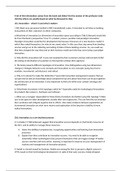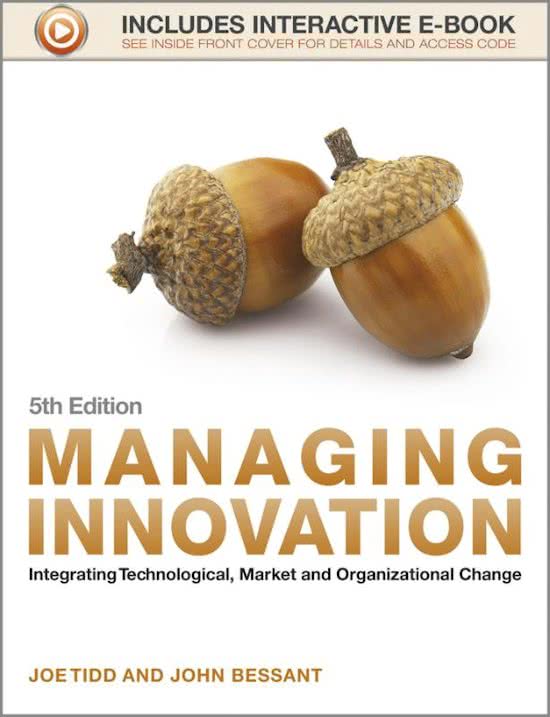Antwoorden
Managing Innovation assignments plus answers for chapter 1,2,3,4,9 &10
- Instelling
- Radboud Universiteit Nijmegen (RU)
- Boek
- Managing Innovation
assigments answer for chapter 1,2,3,4,9 &10. A lot of this information comes from the book and slides! Not the answer of the professor (only ch4) the others are usually based on what he discussed in class about the assignments.
[Meer zien]





